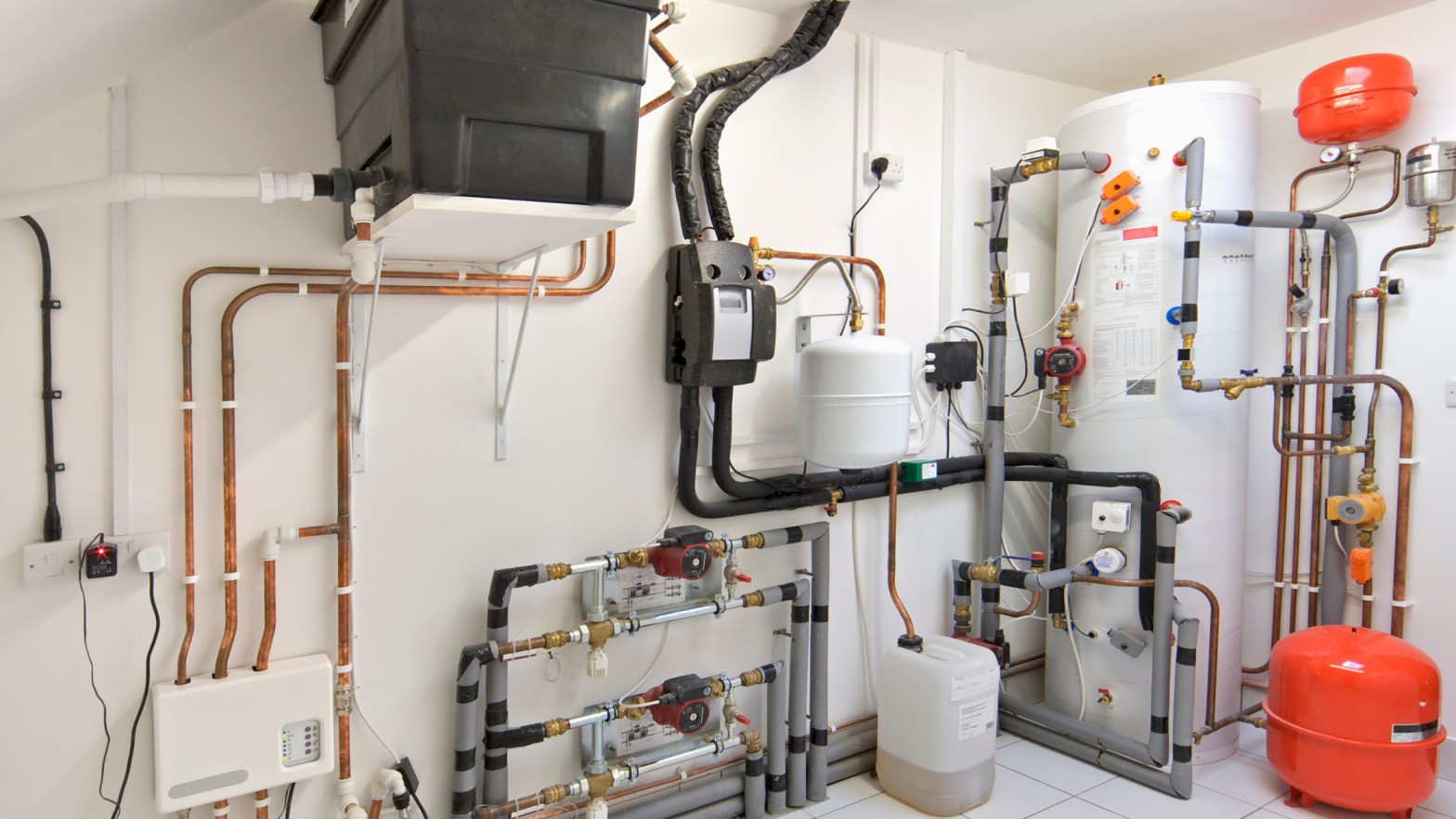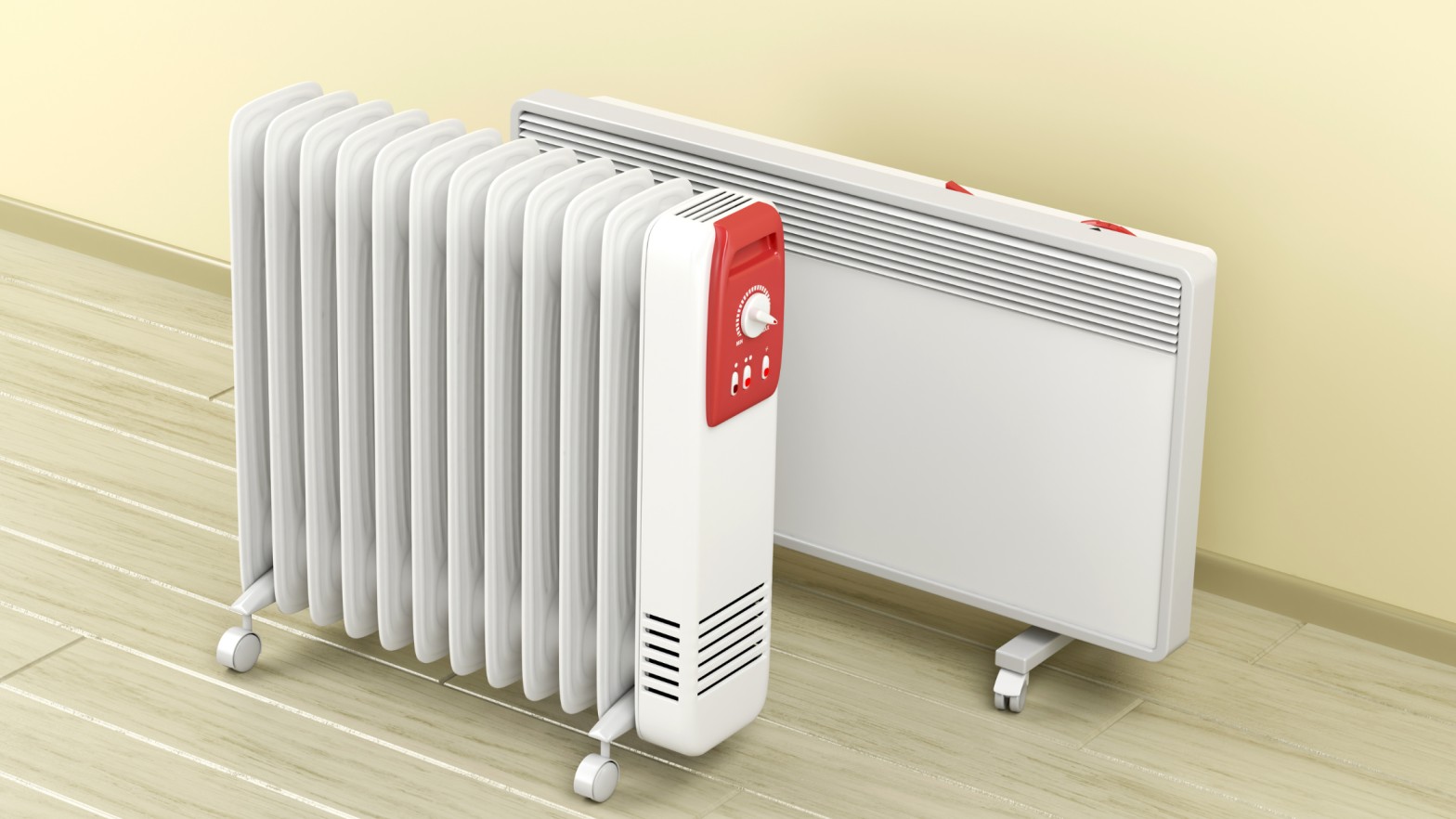28April 2023
As the colder months approach, many homeowners look for the best way to heat their homes while maintaining power efficiency. From gas heaters to fireplaces, you have an exclusive variety of heating options in the UK.
By the same token, central heating systems and oil-filled radiators are the most preferred choices. Both systems have their advantages and disadvantages, and the choice ultimately depends on the specific needs and circumstances of the homeowner.
Factors such as cost, efficiency, and convenience are all important considerations when deciding between the two options. In this article, we will take a closer look at the features of each system, compare their costs, efficiency, and convenience, and provide a comprehensive guide to help homeowners make an informed decision.
Central Heating System — A Complete Solution for Homes!

A central heating system uses a central boiler to heat water or air, which is then distributed throughout a building using pipes or ducts. The system typically includes a boiler, radiators or vents, a thermostat, and pipes or ducts to carry the heated air or water.
If we dig deeper, the boiler heats water or air, which is pumped to the radiators or vents. The radiators or vents then emit heat energy into the rooms, warming the air. In modern systems, the thermostat controls the temperature, turning the heating system on or off as needed to maintain the desired temperature.
In addition to the above components, central heating systems may also include a heat pump, valves, expansion tanks, and other components to ensure efficient and reliable operation. Regular maintenance and servicing are important to ensure the system operates safely and efficiently.
Oil-Filled Radiators — Blend of Cost Effectiveness and Portability!

Oil-filled radiators are portable heating devices that consist of a sealed metal container filled with a special type of oil. The oil is heated by an electric element inside the radiator, and this heat is then transferred to the metal casing and fins of the radiator.
Once the metal casing is completely warmed up, the hot metal plates circulate heat into the room, providing warmth. Despite its portable size, the radiator also contains a thermostat to regulate the temperature and a switch to turn it on and off.
The oil inside the radiator acts as a heat reservoir, allowing it to continue to radiate heat even after the heating element has been turned off. This makes portable oil-filled radiators an energy-efficient and effective way to heat a room.
Top 3 Factors to Compare Central Heating System and Oil-Filled Radiator

Overall Cost:
The cost of central heating systems and oil-filled radiators depends on various factors such as the size of the property, type of system, and installation requirements. Generally, the upfront cost of a central heating system is higher than that of oil-filled radiators.
The cost of a sealed central heating system including installation can range from £2,000 to £4,000 or more, depending on the type of system and the complexity of the installation. However, central heating systems are generally more energy-efficient and can provide more comfortable and consistent heat throughout the home.
On the other hand, oil-filled radiators are cheaper upfront and do not require any installation costs as they are portable and can be plugged into any electrical outlet. The cost of an oil-filled radiator can range from £50 to £300, depending on the size and features.
Energy Efficiency
Central heating systems are generally more efficient than oil-filled radiators when it comes to heating an entire home. This is because central heating systems are designed to distribute heat evenly throughout a home, whereas oil-filled radiators typically only heat a single room.
The efficiency of a district heating system depends on the type of fuel used. For example, a natural gas central heating system can have an efficiency rating of up to 97%, whereas an oil-fired system typically has an efficiency rating of around 85%. However, oil-filled radiators typically have an efficiency rating of around 100%, but they only heat a single room.
Oil-filled radiators typically consume between 600-1500 watts per hour while a central heating system typically consumes between 3000-5000 watts per hour. The watt range varies according to the variable heat settings, the size of the room, and the fuel used in both systems.
Convenience to Use:
A central heating system uses a network of pipes and radiators to distribute heat throughout the house. The system can be controlled by a thermostat, allowing you to set the temperature and schedule when the heating turns on and off.
On the other hand, oil-filled radiators are often used as a supplementary heating source and can be particularly useful in smaller rooms or spaces that are difficult to heat with a central heating system. The oil inside the radiator acts as a reservoir of heat, keeping the radiator warm even after it has been turned off.
So, both options are equally convenient targeting different needs of homeowners. People with smaller homes may go for oil-filled radiators while central heating is a great option for large homes.
Conclusion — Grab the Perfect Deal for Your Home!

When it comes to choosing between a central heating system and oil-filled radiators, the decision ultimately comes down to your individual needs and circumstances. If you have a large home and want consistent heating and a domestic hot water tank, a central heating system may be the best choice.
However, if you only need to heat one or two rooms at a time, an oil-filled radiator may be a more affordable and convenient option. Ultimately, the most important thing is to choose a heating system that keeps you and your family warm and comfortable during the cold months, without breaking the bank.
